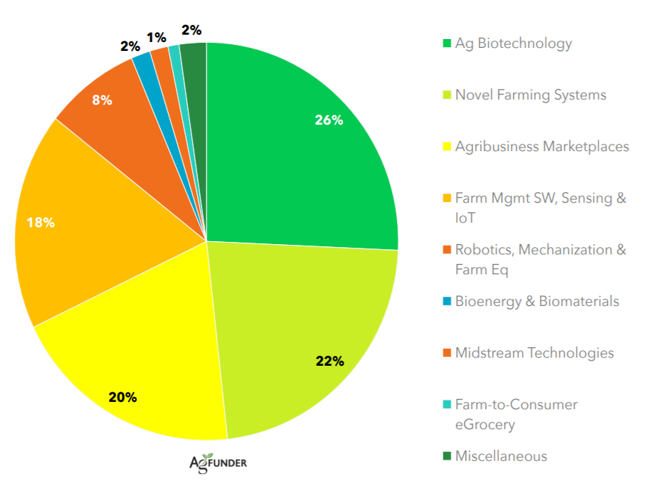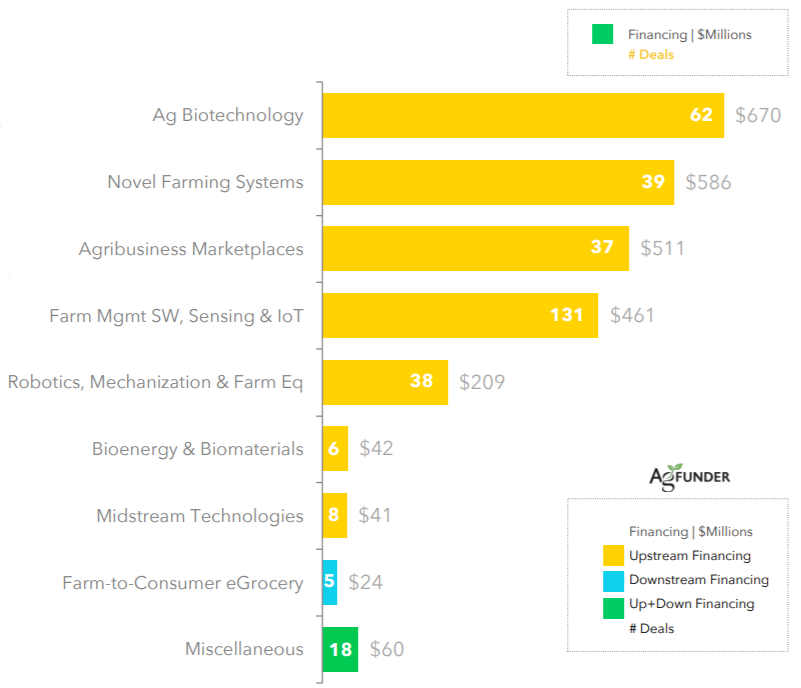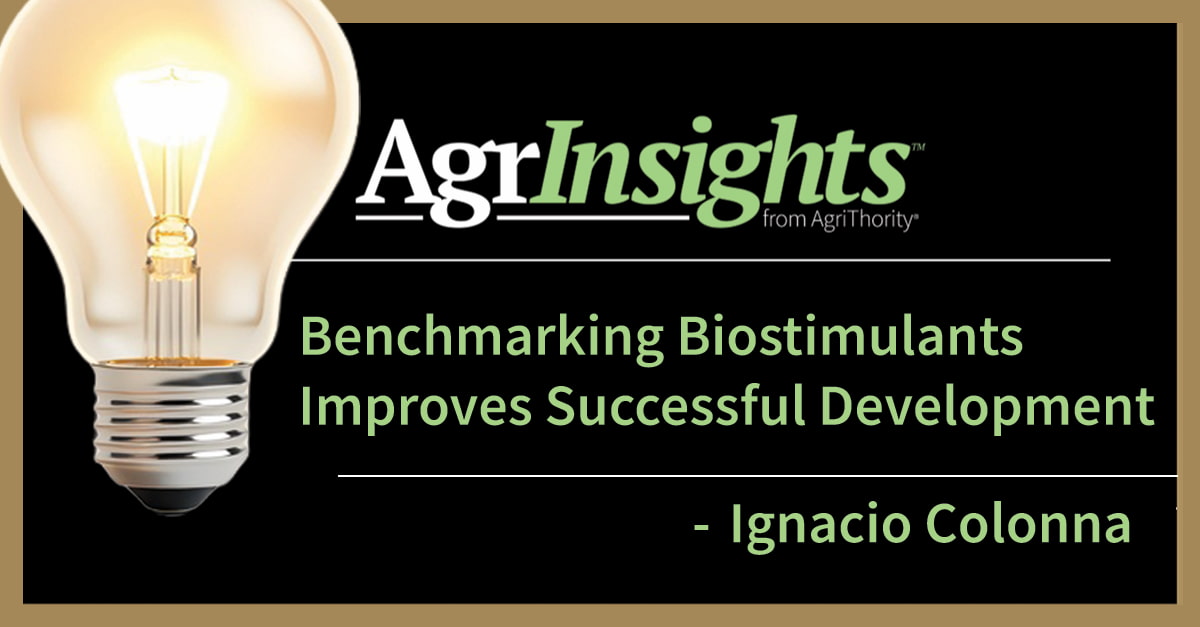Technology breakthroughs in agriculture encourage new production records around the world. Agrochemicals, equipment and advanced management practices have changed more in the past decade than they have in the previous century. Farmers and ranchers have historically looked to innovations to increase efficiency and production. However, as we face impending challenges, new innovations are no longer a convenience, but a necessity to meet growing demand for food amid instability in weather and resources.
The world population is expected to reach 9.73 billion by 2050. The Food and Agriculture Organization of the United Nations (FAO) estimates growing populations and an increased demand for protein will require the global agricultural industry to provide a total caloric increase of 70 percent by 2050. To meet this demand, agricultural production will need to produce almost 50 percent more food in 2050 than it did in 20121. While the increased production is enough of a challenge on its own; volatile weather, declining acres of arable land and concerns over water availability further challenge farmers to do more with less.
Recent breakthroughs in agrochemicals, especially biologics, as well as equipment, and data management tools are evolving Best Management Practices. AgriThority encourages the development of new agricultural technology innovations to improve sustainable use of resources and meet agronomic challenges. Our first-hand experience has advanced development of technologies for crop and livestock production, logistics, food preservation and precision agriculture.
These technologies have helped alleviate pest and disease resistance issues by introducing new active ingredients and improved tolerance to volatile weather conditions. Companies we’ve worked with have introduced technologies to keep food fresh for a longer period of time and monitor crops to efficiently apply inputs.

New innovations coming to the marketplace are determined by which sectors are receiving the highest investment. Ag Biotechnology, Novel Farming Systems and Agribusiness Marketplaces account for almost three-fourths of the farm technologies receiving financing in 2017 according to AgFunder reports2 (Figure 1). Novel Farming Systems gained a larger share of the financing in 2017, hurdling Agribusiness Marketplaces and Farm Management Software, Sensing & IoT.
Although there was less funding for Ag Biotechnology in 2017 compared to the previous year, this sector still led all categories with $670 million in financing (Figure 2). Novel Farming Systems financing increased by 243 percent in 2017 to $586 million in financing. Agribusiness Marketplace investments were the third-highest category with a total of $511 million in financing.
Agriculture is a dominant industry around the world. FAO reports global agriculture is responsible for more than 33 percent of all employment3. With interest from companies and consumers to develop technologies, and funding from investors to commercialize innovative technologies, we are optimistic that farmers and ranchers around the world can meet the challenges to feed the world.

- The Future of Food and Agriculture: Trends and Challenges, Food and Agriculture Organization of the United Nations, 2017
- AgFunder AgriFood Tech Investing Report Year in Review 2017, AgFunder, 2017
- World Food and Agriculture Statistical Pocketbook, Food and Agriculture Organization of the United Nations, 2018


